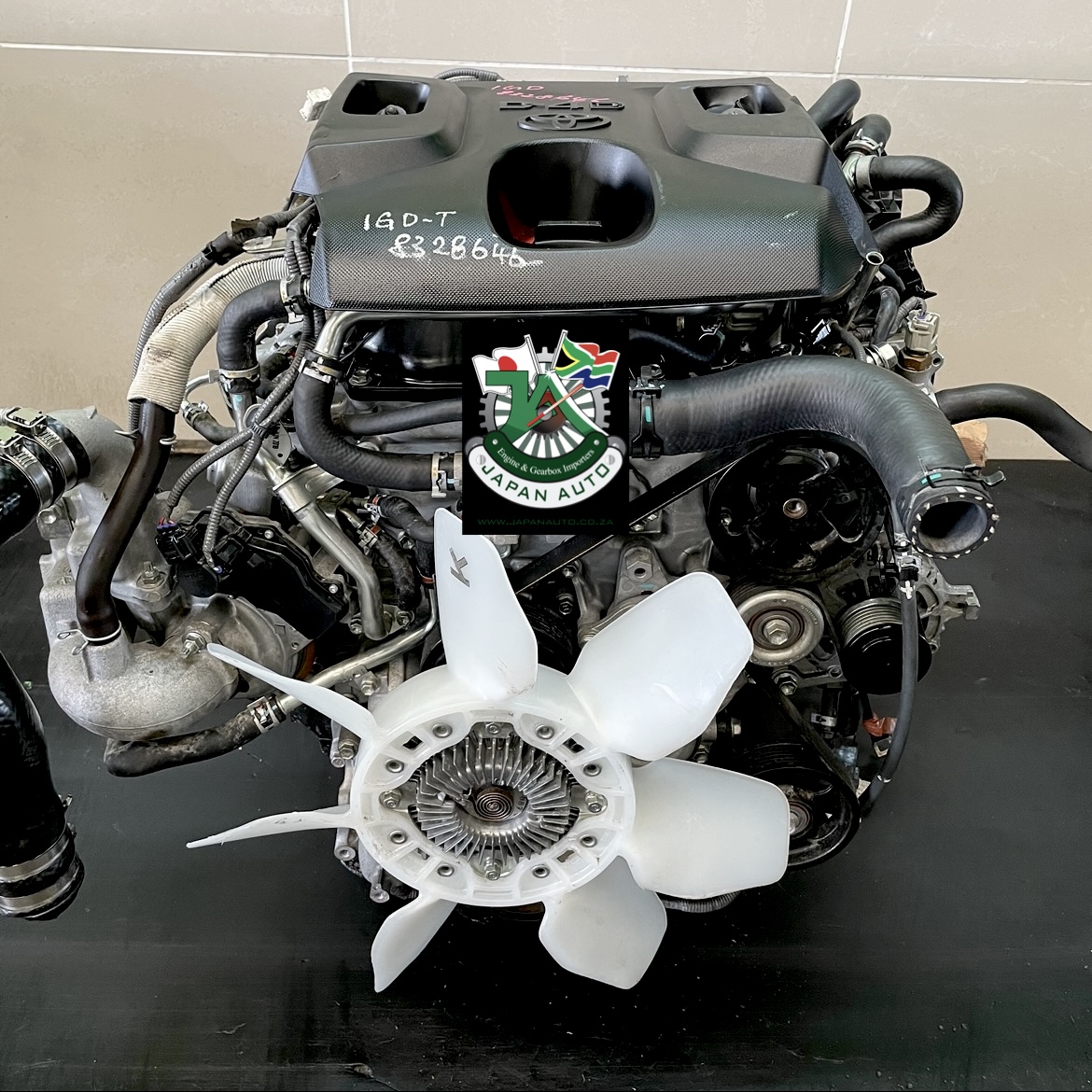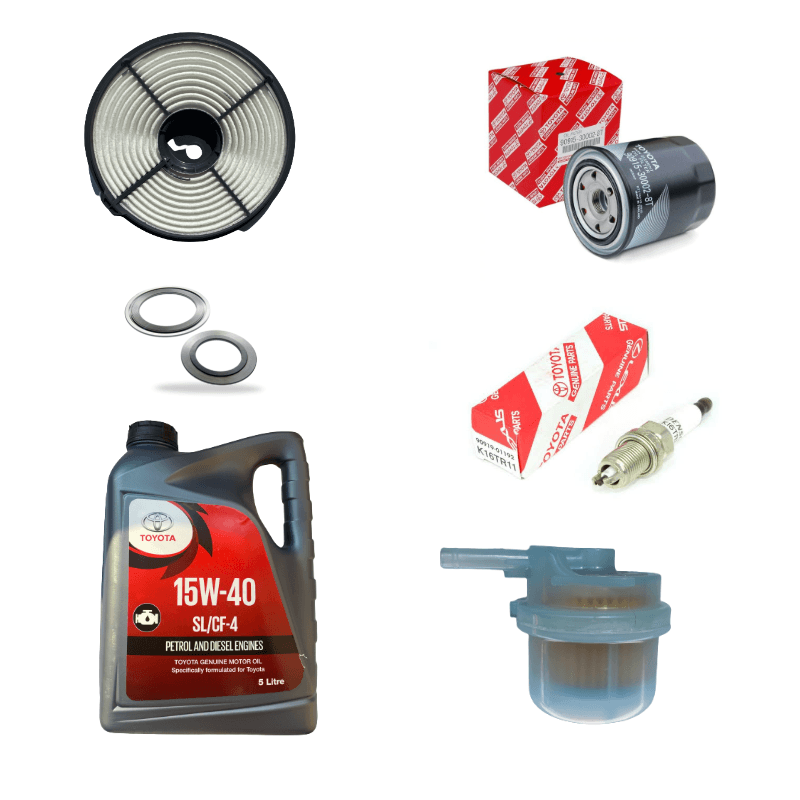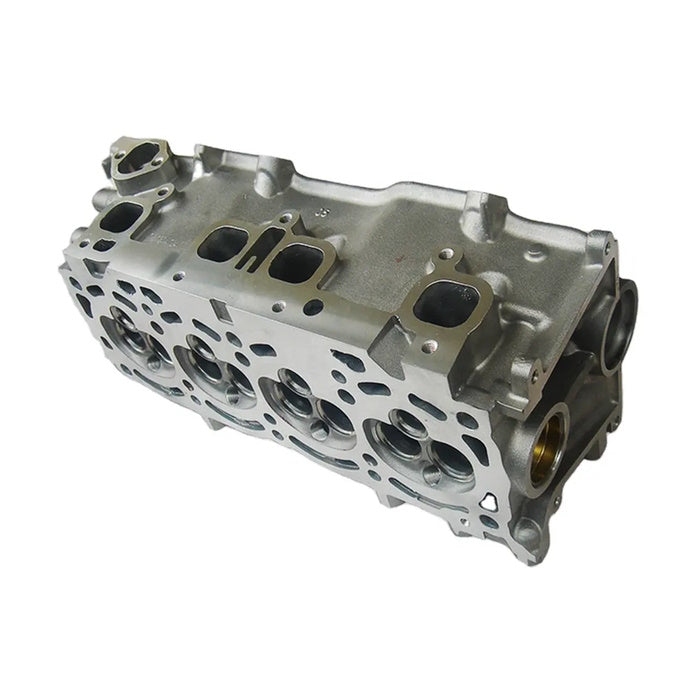Discover the Most Recent Patterns in Engine Innovation Through Tazz
In the quickly evolving landscape of automobile innovation, Tazz stands at the center, highlighting significant developments in engine systems that focus on both technology and sustainability. From hybrid engines that optimize fuel effectiveness to the appearance of hydrogen gas cells, the trends shaping modern powertrains are not only improving efficiency yet additionally dealing with vital ecological obstacles.
Crossbreed Engine Innovations
Crossbreed engine technologies stand for a pivotal shift in automotive technology, integrating the benefits of internal combustion engines with electric propulsion systems. This integration not only improves fuel efficiency but also reduces emissions, meeting increasingly stringent environmental regulations. By utilizing both power resources, hybrid engines can enhance performance, providing power when needed while conserving gas throughout much less demanding driving problems.
Current improvements in hybrid technology consist of renovations in battery effectiveness and regenerative braking systems. These innovations enable higher energy recovery throughout deceleration, which can be redirected to aid in acceleration or power auxiliary systems. Suppliers are focusing on light-weight products and compact styles to maximize the effectiveness of hybrid powertrains.
The advancement of plug-in hybrids has actually likewise increased the market, making it possible for chauffeurs to charge their vehicles using conventional electric outlets. This feature usually enables substantial all-electric array, additional lowering reliance on conventional fuels. tazz. As the vehicle industry remains to progress, hybrid engine technologies are expected to play a crucial function in connecting the void in between conventional automobiles and totally electrical models, offering a transitional option that accommodates varied customer needs and preferences
Developments in Electric Powertrains
The vehicle landscape is swiftly evolving, with electric powertrains becoming a leading force in sustainable transportation. Advancements in electric car (EV) innovation are substantially boosting efficiency, performance, and customer experience. Key innovations consist of improvements in battery chemistry, which have actually boosted energy thickness, decreased billing times, and prolonged overall battery life.
Solid-state batteries, for instance, promise to change the market by providing higher safety and effectiveness compared to standard lithium-ion cells. Improvements in regenerative braking systems are allowing lorries to recover energy throughout deceleration, contributing to total efficiency.
Along with battery modern technology, electric motor styles are coming to be more advanced. Advancements such as incorporated motors and advanced thermal administration systems are aiding to optimize power shipment and minimize weight, inevitably enhancing car dynamics.

Jointly, these breakthroughs emphasize the dedication to shift in the direction of cleaner, much more effective transportation solutions, placing electric powertrains at the forefront of vehicle technology.
The Increase of Hydrogen Fuel Cells
Progressively, hydrogen gas cells are obtaining traction as a practical option to standard internal burning engines and battery electrical lorries. This modern technology takes advantage of the chemical energy stored in hydrogen, transforming it into electrical power through an electrochemical response with oxygen. The main byproduct of this procedure is water, making hydrogen fuel cells an eco-friendly choice with zero exhausts at the tailpipe.

Car manufacturers are increasingly investing in hydrogen fuel cell innovation, identifying its potential for long-range applications and rapid refueling abilities that equal standard gas. Additionally, industries such as durable transport and public transportation are specifically fit for hydrogen gas cells, where battery electrical solutions may fall short due to weight and range restrictions.
As research study and investment continue to broaden, hydrogen fuel cells are poised to play a considerable function in the future landscape of tidy transport and power options.
Enhancements in Internal Burning Engines
Technologies in inner burning engine (ICE) modern technology are changing standard automobiles to satisfy contemporary environmental requirements and performance expectations. Among one of the most substantial improvements includes the combination of sophisticated fuel injection systems. These systems maximize the air-fuel combination, boosting burning effectiveness and resulting in reduced exhausts. Straight gas injection, for example, enables better atomization of gas, causing more complete burning and boosted power outcome.
In addition, turbocharging has obtained importance, allowing smaller sized engines to deliver greater performance without the weight of bigger engines - tazz. This innovation not just increases performance however additionally adds to decrease fuel intake. Variable valve timing systems are additionally being refined, making it possible for engines to adapt to numerous driving conditions for enhanced torque and responsiveness
Moreover, making use of lightweight products in engine construction is coming to be conventional, more enhancing gas performance by minimizing total car weight. Engine control devices (ECUs) are increasingly advanced, making it possible for real-time adjustments that enhance efficiency additional hints and emissions.
These enhancements jointly indicate a crucial change in ICE modern technology, aligning with worldwide sustainability goals while still giving the efficiency drivers get out of their automobiles. As the sector evolves, these enhancements remain to form the future of typical automotive engineering.
Future Patterns in Engine Effectiveness
Substantial innovations in engine efficiency are anticipated as producers concentrate on integrating innovative innovations to fulfill rigorous ecological laws and customer needs. The change in the direction of electrification, crossbreed systems, and different gas is improving the auto landscape, driving innovations that boost gas economy and reduce emissions.
One of the key trends is the implementation of innovative products and making strategies. High-strength alloys and lightweight composites add to lowered lorry weight, hence boosting general effectiveness. Additionally, the fostering of turbocharging and variable shutoff timing innovations permits improved power output from smaller sized engines, additionally improving fuel economic situation.

Final Thought
Developments in hybrid engine systems, electrical additional info powertrains, and hydrogen gas cells show a dedication to reducing discharges while improving efficiency. Renovations in inner burning engines and a focus on lightweight materials contribute to general engine performance.
From crossbreed engines that maximize gas efficiency to the emergence of hydrogen fuel cells, the trends shaping modern powertrains are not only improving performance however likewise attending to essential ecological obstacles.Crossbreed engine technologies stand for a crucial change in automotive modern technology, combining the benefits of internal combustion engines with electrical propulsion systems.In addition, turbocharging has actually gotten find out this here importance, enabling smaller engines to deliver higher efficiency without the weight of bigger engines. In addition, the adoption of turbocharging and variable valve timing technologies allows for boosted power outcome from smaller engines, even more enhancing fuel economic situation.
Renovations in interior combustion engines and a focus on light-weight products contribute to overall engine performance.